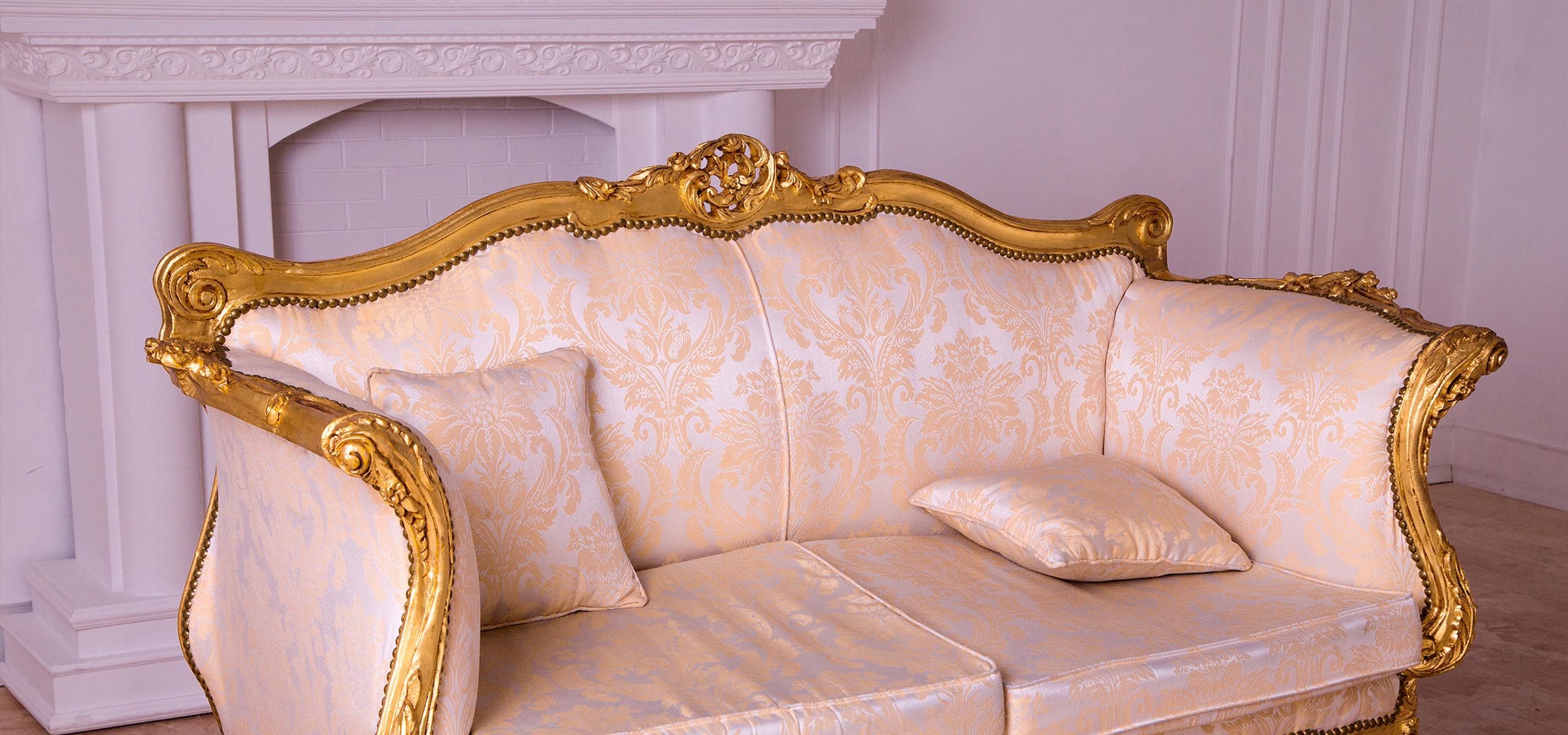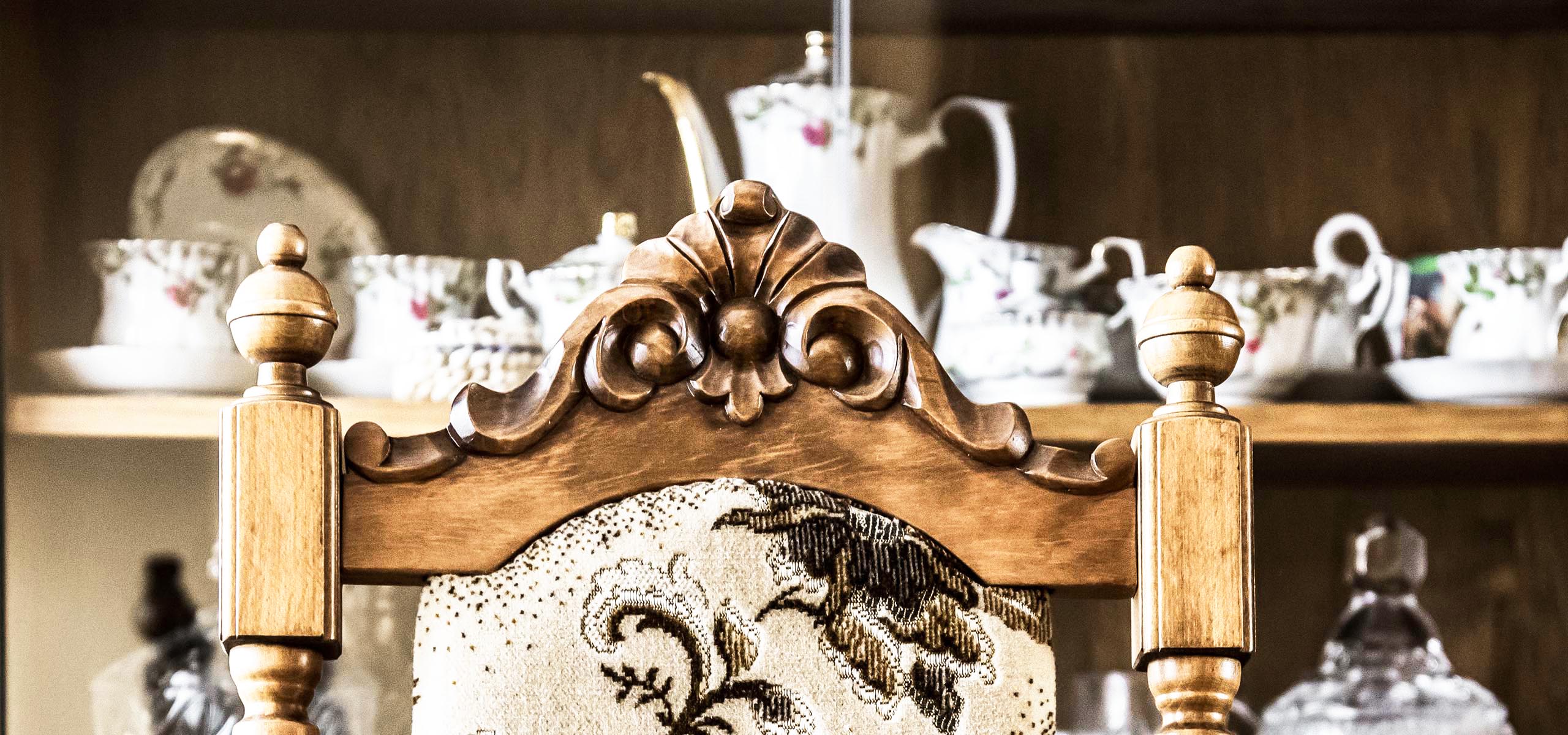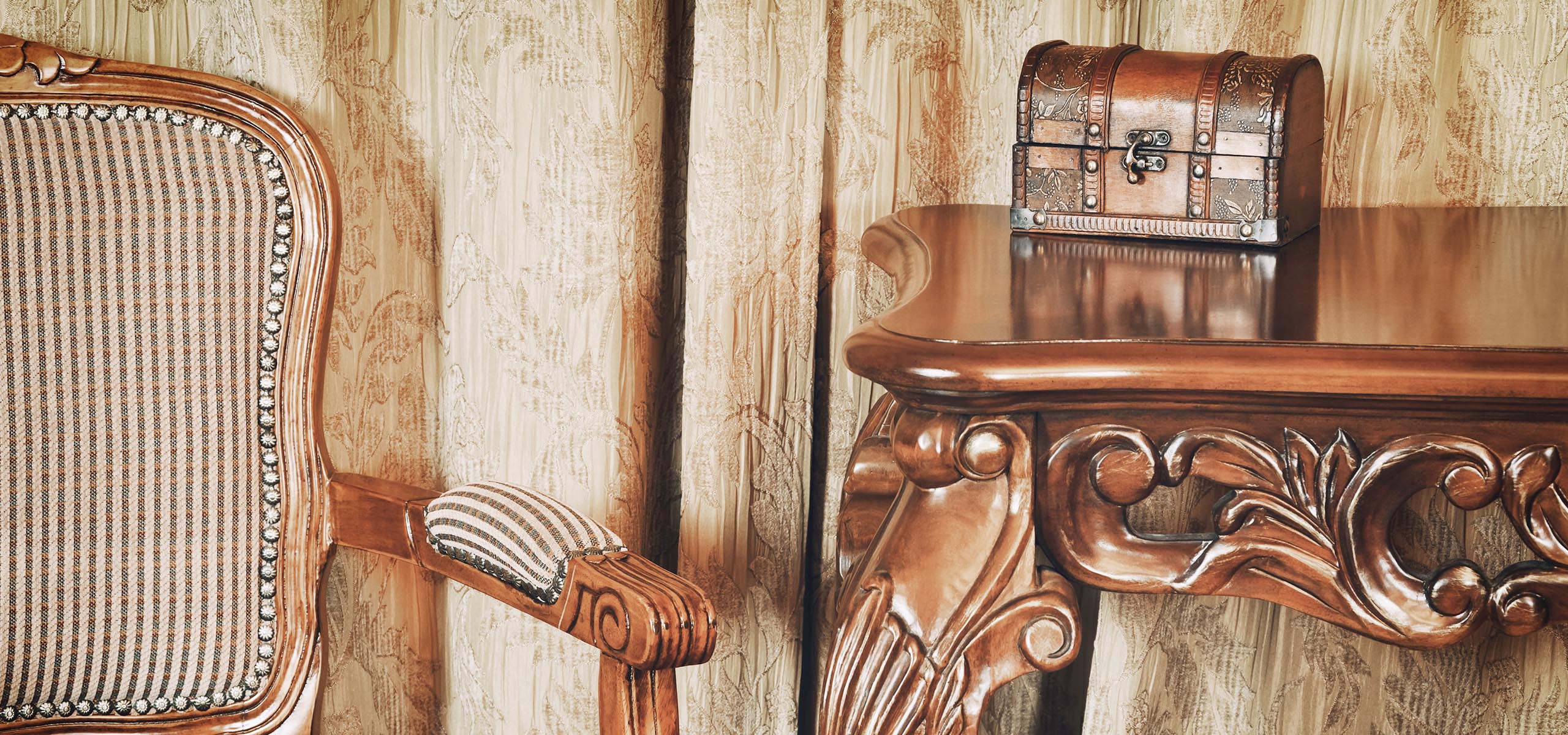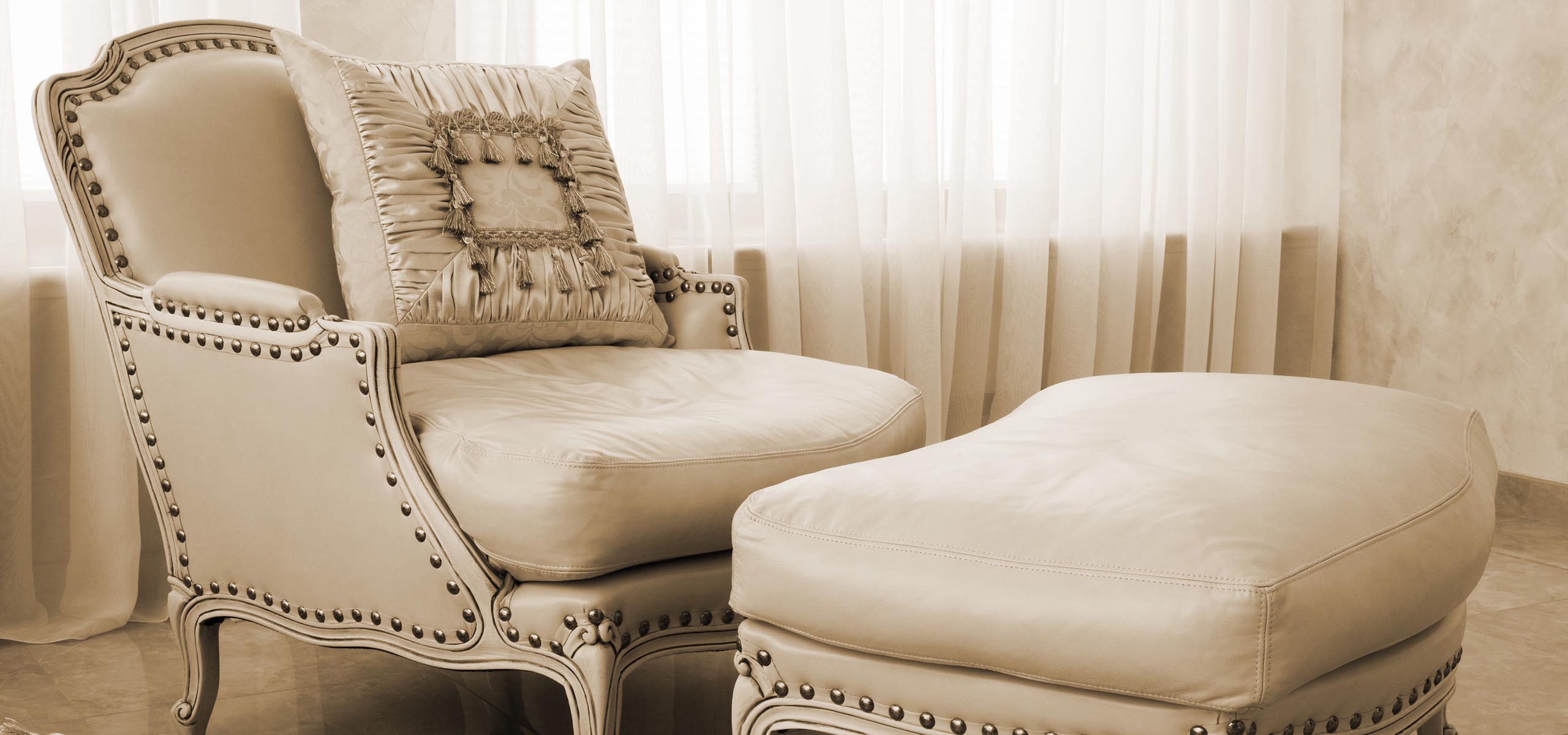Antique Furniture Restoration
Antique furniture restoration is restoring a piece of antique furniture or an antique wooden item to a like-new or improved condition, or preserving it against further deterioration as in conservation.
Restoration
Restoration can be as simple as light cleaning to remove disfiguring dirt or grime, or it may include near complete rebuilding or replacement, as might be the case with broken furniture. Often done in preparation for sale, or by a collector upon acquiring a new piece, the main goal of restoration is to “restore” the original appearance or functionality of a piece.
There is a lot of difference between restoring and repairing. Functionality may be achieved from a repair, but restoring an item properly is an art form. Finishes may be stripped and redone, but it is essential that the original patina be retained, if possible. Patina is the surface naturally formed by age. The sheen on wood produced by age, wear and polishing or the tarnish on metals. Stripping is only done as a last resort, especially with antique furniture. Whilst some of these practices are frowned on by many museums, scholars, and other experts, for many people there is little value in an antique that is unusable or not able to be displayed. Poor restoration is the bane of a trained restorer. Working on someone else's bad repair is the worst possible situation. Often with antique restoration, there are also other issues as well. For example, some collectors value "patina", or also want an item to still reflect an aesthetic that shows its age- in this respect, an "over restored" item can actually take away from its value than if nothing has been done to the item at all. Therefore, restoration of valuable objects should always be left to professionals who are sensitive to all of the issues, ensuring that a piece retains or increases its value after restoration.
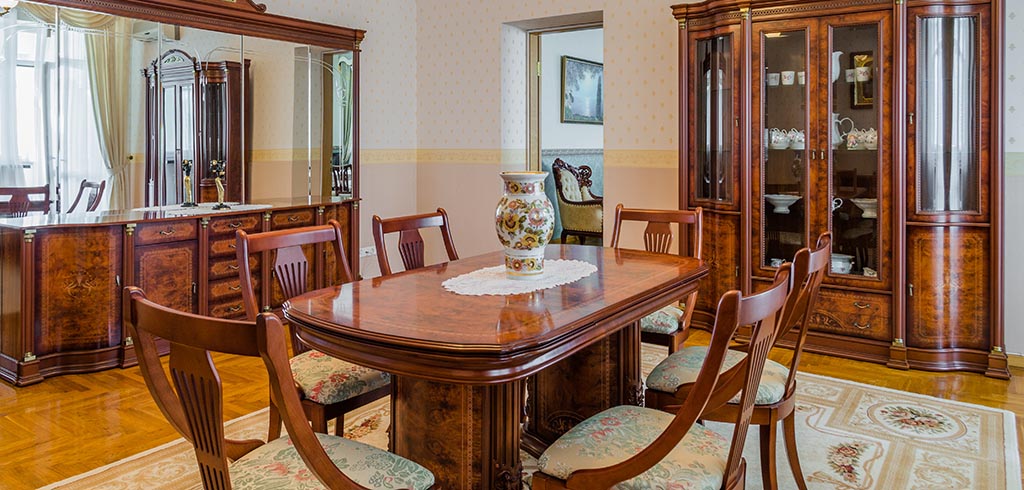
French polishing
French polishing is a wood finishing technique that results in a very high gloss surface, with a deep colour and chatoyancy (wet look glow). French polishing consists of applying many thin coats of shellac dissolved in alcohol using a rubbing pad lubricated with oil. The rubbing pad is made of absorbent cotton or wool cloth wadding inside a square piece of fabric (usually soft cotton cloth). French polish is a process, not a material. The main material is shellac, although there are several other shellac-based finishes, not all of which class as French polishing. The finish is considered by many to be a beautiful way to finish highly figured wood, but it is also recognised to be fragile. It is softer than modern varnishes and lacquers and is particularly sensitive to spills of water or alcohol, which often produce white cloudy marks. However, it is also simpler to repair than a damaged varnish finish, as patch repairs to French polish may be easily blended into an existing finish.
Restoration terminology
-
Conservation
Detail-oriented process designed to preserve as much original finish and materials as possible while bringing the piece back to as close to its original condition as possible.
-
Finish restoration
Finish restoration is the process of bringing an existing finish back to life. This involves re-emulsifying the original finish, either shellac or varnish. By using the original solvents to liquefy the solids, their ability to adhere to and penetrate the piece returns. The process also removes the dirt and grime accumulated over years of use. If the finish is very thin, additional layers of the same finish may be applied to bolster the restored finish and ensure longevity. Finish restoration results in an original finish rating: for example, 85% of the original finish remains. The more original finish that remains, the more antique value remains.
-
Preservation
The process of stopping or slowing deterioration usually does not involve actual restoration or attempts to return the piece to its original condition. Damage and finish deterioration are left intact, but prevented from going further. This process is usually done on museum works; we recommend a conservation or restoration process for home use of antiques. In most cases this is a chemical process that prevents further oxidation of the wood and metals, and in addition adds moister to the existing finish.
-
Refinishing
Removing a finish and applying a new finish in its place. This process destroys significant portions of antique value in furniture and should be avoided unless absolutely necessary.
-
Repair
Physical structural replacement or reinforcement of parts of the original piece. May involve addition of new materials altered to appear aged or the application of antique materials to improve appearance of repair and preserve as much value as possible
-
Restoration
Bringing a piece back to close to its original condition including structural and finish repairs.
-
Stripping
Avoid stripping antiques at almost any cost, stripping in its true sense involves dipping the piece in a chemical bath that will remove finish, patina, and in some cases the glue holding the piece together. A stripped antique is truly stripped, mainly of its value. Veneering may peel, joints will swell or break apart, and the piece usually has to be completely rebuilt. This applies in cases where someone has foolishly stripped the piece in the past and applied inappropriate finishes that must be removed.
Salvage
On the other extreme, though most bad old pieces were thrown away long ago, there are pieces that, because of their original design or workmanship or because of damage, are not worth restoring but that are made of re-usable materials such as hard wood, amber, pewter or ivory. As the number of people increases and the number of trees and other natural products in the world decreases, wood and other materials become scarcer. So the fact that the item is not worth restoring, does not mean that the materials should be discarded along with the object.
